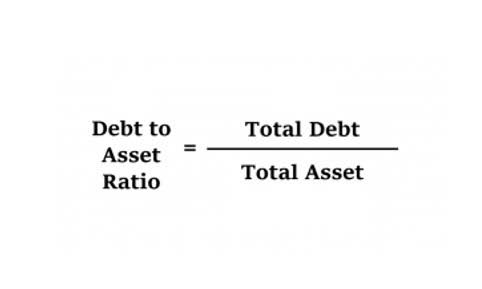Income Statement Format
What’s Conversational Ai? Examples And Platforms
January 31, 2025Gonzo Casino Recenzja Najlepszego Kasyna Online 2025 ?
February 4, 2025
Revealing gross profit separately offers valuable insight into how profitable a company’s primary offerings are before accounting for other operational costs. This can help in identifying potential inefficiencies in production or procurement. By distinguishing between operating and non-operating activities, stakeholders gain a clear picture of a company’s primary revenue-generating activities, allowing them to assess the firm’s inherent profitability.
What Businesses Use Multi-Step Income Statements?

These problems highlight the challenges of using a multi-step income statement, particularly for smaller businesses or those in service industries. Given its higher level of information content, the multi-step format is usually preferred over the single step format (which does not incorporate sub-totals and so can be more difficult to read). Here is one example of a multi-step income statement format for XYZ Company for the year 2020. To illustrate a typical real life example of a multi step income statement is shown below. This example of a multi-step income statement gives you an insight into the final report. This example of a single-step income statement gives you an insight into the final report.
Understanding Income Statements: Single-Step vs. Multi-Step Analysis
The company’s management might shift the expenses from the cost of goods sold to the operations to improve their margins artificially. It is very significant to view the comparative financial statements over time so that one can see and judge the trends and then possibly catch the misleading placement of the expenditures. It tracks the company’s revenue, expenses, gains, and losses during a set period. The multi-step income statement provides details to support operating and non-operating expenses, while the single-step income statement groups all expenses into a single section. It can be difficult payroll to understand where expenses are coming from when looking at the single-step format.
#2 – Operating Head – Selling and Admin Expenses

However, a multi-step income statement can be worth the extra time and effort it takes to prepare, especially if you’re thinking about applying for a loan or looking to attract an investor. A single-step income statement offers a simple accounting method for the financial activity of a business, making it easy to prepare and understand. We’d love to hear your thoughts and experiences using multi step income statements.
Ready to save time and money?
- Consequently to understand the multi step income statement we first need to understand what is meant by a single step income statement.
- Investors and creditors can evaluate how well a company performs its main functions separate from any other activities the business is involved in.
- This is the amount of profit generated from activities that are central to the business before adding operating costs.
- So, we get various details of the advantage of a multi-step income statement from the above points.
- These statements also tell you whether the company reported a profit or loss for the reporting period.
- When it comes to preparing an income statement, companies have the option of using a multi-step income statement or a single-step income statement.
Net Income – The income of loss from operations is then carried down to the third section called the net income section. In this section, the other income and expenses are combined with the operating income to sum the overall net income for the period. Some common other income and expense items include interest income, interest expense, Medical Billing Process and, gain or loss from the sale of an asset. A multi-step income statement uses an itemized list of revenues and expenses.
With 7.433 billion outstanding shares, Microsoft’s basic EPS came to $11.86 per share ($88.1 billion ÷ 7.433 billion). Payment is multi step income statement usually accounted for in the period when sales are made or services are delivered. Receipts are the cash received and are accounted for when the money is received.
Users can gain insights into how a company’s primary business activities generate revenue and affect costs compared to the performance of the non-primary business activities. A multi-step income statement is an alternative to the single-step income statement. A multiple-step income statement presents two important subtotals before arriving at a company’s net income.

The multi-step statement, however, makes expense analysis easier while making it possible to trace cost drivers. Single-step income statements report the revenue, expenses, and profit (or loss) of a business during a specific period. Interpreting the net income in a multi-step income statement is essential in evaluating a company’s financial performance. The net income represents the company’s overall profit after accounting for all revenues, expenses, and taxes, clearly indicating the business’s financial health and profitability. It’s important to note that the accuracy and adequacy of the multi-step income statement directly influence the understanding of a company’s financial performance. A meticulously prepared statement provides stakeholders with a detailed breakdown of the company’s financial activities and aids in assessing its operational efficiency and profitability.
